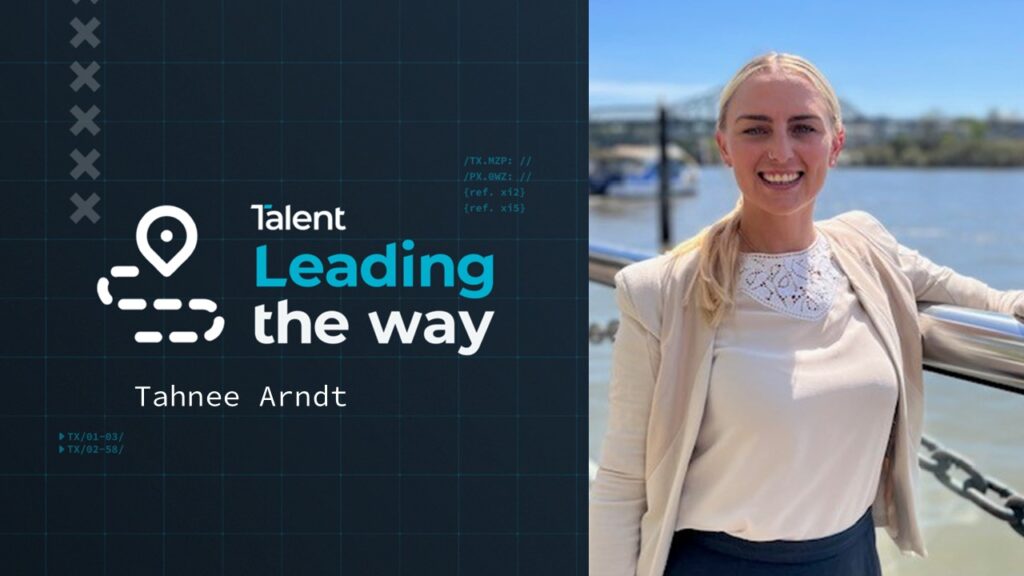Amidst an ever-changing world of work, there remains one constant: the contingent workforce continues to grow. Fuelled by businesses requiring agility and individuals demanding flexibility, the proportion of work which is being completed by contingent workers is growing. With it comes growing risk, growing cost and a need to apply responsible financial management practices.
Getting a handle on your company’s contingent workforce is key – not only will it deliver immediate bottom line commercial value by preventing overspending, but it will lead to increased ROI on contingent workforce costs by making sure you’ve got the best workers delivering quality work, and fundamentally make your company far more efficient through improved processes. Here are Cameron Robinson, Talent’s Head of Enterprise Solutions’ top tips on how you can manage your contingent workforce costs and save the big bucks:
Five strategies to responsibly manage contingent workforce costs
1. Ensure the business request matches the business need. Good governance will ensure that the right type of worker is being engaged to do the right type of work in the first place. You could achieve 100% cost savings on a case-by-case basis by preventing inappropriate and inadequate contingent recruitment before it even happens. If this issue exists in your company it might appear in a few different ways:
- Managers engage contractors because of an inability to fill permanent positions (in this case, focus on solving the root cause)
- Long-tenured contractors are performing a role that warrants being a permanent position
- Contingent workers are being moved across the business and performing roles that they are technically overqualified for and therefore are overpaid to do as well
- Budget holders are paying service providers based on time and materials for work which could be delivered on an outcome-based pricing model instead
2. Pay and bill rate management. Centrally benchmarking worker pay rates and managing adherence to a rate card can generate huge savings, quickly tallying into hundreds of thousands or even millions per year. Robinson notes “As an example, a single manager agreeing to pay $1100 instead of $950 for one Project Manager could needlessly cost your business almost $50,000 per annum. Having a good understanding of each statutory and cost component (like ‘administration fees’) within your total bill rate is another avenue to mitigate financial risk.”
3. Sourcing channel management. The first element of sourcing channel management is making sure that your business has sustainable access to the high quality contingent workers it needs. As the saying goes: “buy cheap, buy twice”. Anyone who has ever spent weeks wondering why agencies on rock-bottom rates aren’t submitting candidates for their vacancy, or had to prematurely exit a cheap but ultimately unsuitable contractor could attest to this sentiment ringing true within the world of contingent recruitment. That said, there is value to be had by leveraging economies of scale to establish competitive, fair, and consistent rates with your supply chain.
Sourcing channel management extends beyond the rates you pay for each source of talent, but also which sources you’re accessing and how often. “At risk of stating the obvious, lower-cost sourcing channels tend to be ones which don’t involve as much external expertise, effort and risk. Establishing a mechanism to tap into your employees’ existing networks or solicit contingent worker referrals are two examples of lower-cost channels which can complement more traditional routes into the candidate market” shares Robinson.
4. Measuring (and improving) value for money. Can you correlate the expense of one contingent worker with their quality of work? What about comparing the workers of one supplier versus another? Or one specific worker with another? Maximising your return on investment starts with being able to accurately measure where you’re spending money on contingent workers and what you’re getting back. According to Robinson, “centralising management of the contingent workforce is a great starting point for building a single source of truth and controlling costs to the extent you’re expected to for other parts of the business.”
5. Streamline processes for operational efficiency. Running decentralised contingent workforce processes can cripple productivity, lead to working capital nightmares, and create a huge hidden financial burden on your company through needless inefficiencies such as:
- Managers spending too much time on contingent recruitment
- Accounts payable receiving hundreds or thousands of invoices too many
- Senior leaders wasting time retrieving data and reports for their own management information needs
- Interest expenses caused by unpredictable and inconsistent pay and bill cycles
An MSP will combine detailed historical financial reporting, real-time contingent workforce cost forecasts and consolidated invoicing at an agreed frequency and payment terms to immediately deliver newfound visibility and predictability of your working capital requirements.
Plus, on top of solving these issues is the financial gain in productivity of a high-quality contingent workforce that’s ready and available exactly when you need it.
There is a solution to achieve all this (and more)
A contingent workforce (also known as contingent labour) managed service program (MSP) is a proven solution to the common problems faced by senior executives in large organisations.
Organisations who implement a contingent workforce managed service program (MSP) achieve cost savings of up to 20% of their total spend. The savings on offer are just as significant and impactful, even when companies have already taken some action in this arena, such as appointing a preferred supplier panel.
Advancements in our industry mean that MSPs are no longer the domain of giant multi-nationals spending hundreds of millions if not billions of dollars on contractors each. Creative and customer-centric solution design alongside the abundance of new, nimble technology providers means that whether you have 50 contractors or 5,000, or 5 suppliers or 105, the principles of MSP can still deliver significant value. If you’re wondering whether MSP is right for you, it’s best to simply have a chat with us.
Benefits of an MSP are more widespread than just cost savings too
Cost savings are just one of the key reasons Staffing Industry Analysts reports that around 70% of large organisations choose to manage their contingent workforces via an MSP model. Key benefits of implementing an MSP also include:
- Reduced risk
- Improved operational efficiency
- Improved visibility and control
- Increased worker and service quality
Calculate the size of your prize
If you’re keen to understand what the cost savings opportunity within your organisation could look like by implementing a contingent workforce MSP, click here to check out our fast and simple ROI calculator.
Alternatively, get in touch with one of our contingent workforce experts who’ll take you through our preliminary diagnostic tool to provide a more detailed savings breakdown. We can also help transform your contingent workforce from a financial risk to a well-managed and increasingly valuable business asset. Reach out here.













